Ferrari 250 GT Speciale
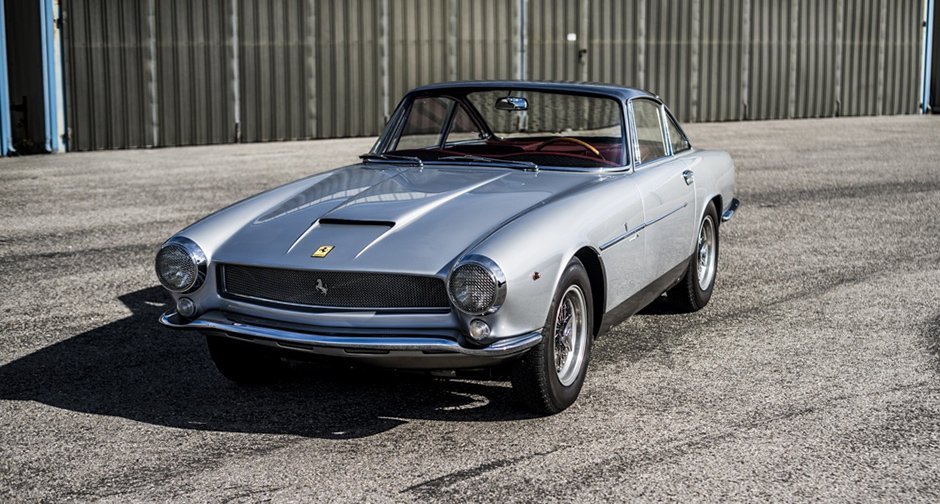
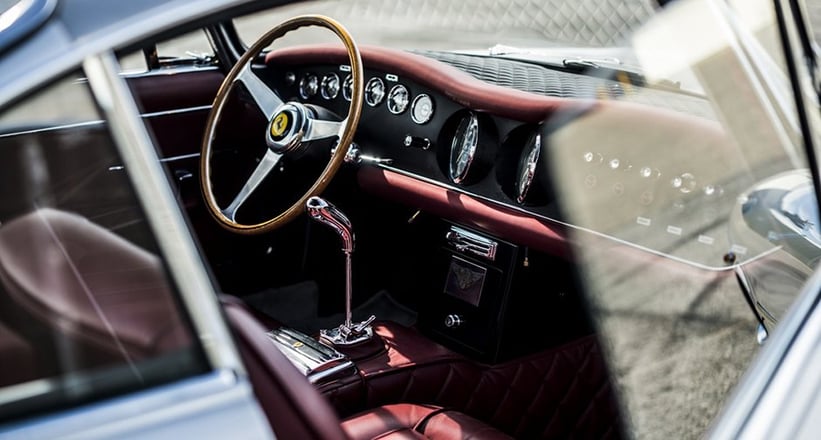

For many, Pininfarina’s squat and sultry bodywork for the Ferrari 250 GT ‘Short Wheelbase’ is the most beautiful to have ever left the factory gates in Modena, and embodies the quintessential dual-purpose Grand Tourer. It would be considered sacrilege, then, to replace it with a different, and arguably much less pretty, body from another coachbuilder altogether, wouldn’t it? That’s exactly what the original owner of this example did, commissioning Bertone and the young whippersnapper Giorgetto Giugiaro to reimagine the Ferrari. Okay, so it’s not as pretty as Pininfarina’s effort. But it looks about a decade younger than that car, which is indicative of Giugiaro’s forward-thinking style. It’s a beautifully concocted blend of road-going panache and racing purpose, bursting with Italian character. We think it is a triumph.
BMW 2800 Spicup
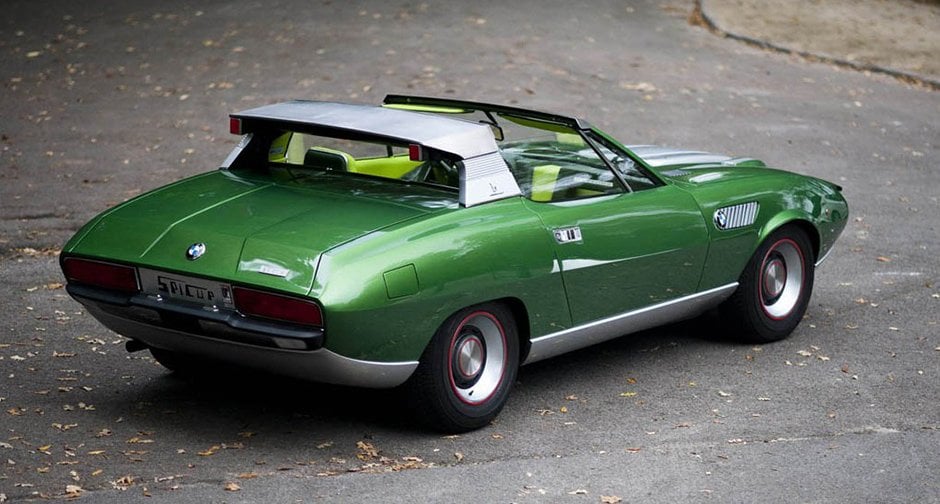
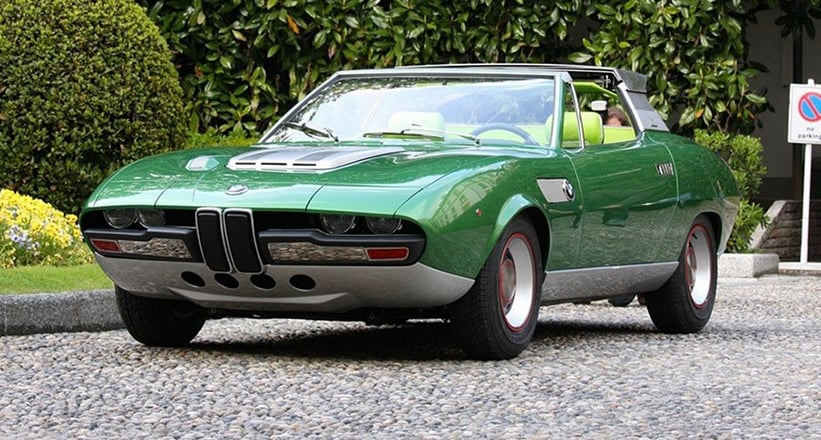
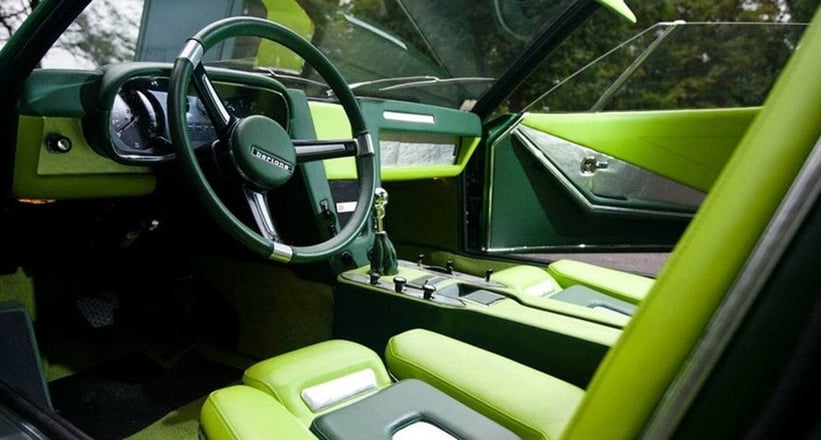
Our favourite thing about the BMW Spicup of 1969 is not the sleek Alfa Romeo Montreal-like body nor the dramatic three-piece sliding roof made of stainless steel, which could transform the unique car from a spider into a coupé (hence the Spi-cup portmanteau). Nope, it’s that the E3 2500-based concept, which was visually so far away from the rest of BMW’s range at the time that Bertone was frankly toying with the Munich manufacturer, was later sold to a Dutch car dealer. He painted the Spicup orange, toned down the interior, obtained road registration and used it as his daily driver for a decade, covering some 100,000km in the process!
Jaguar Ascot
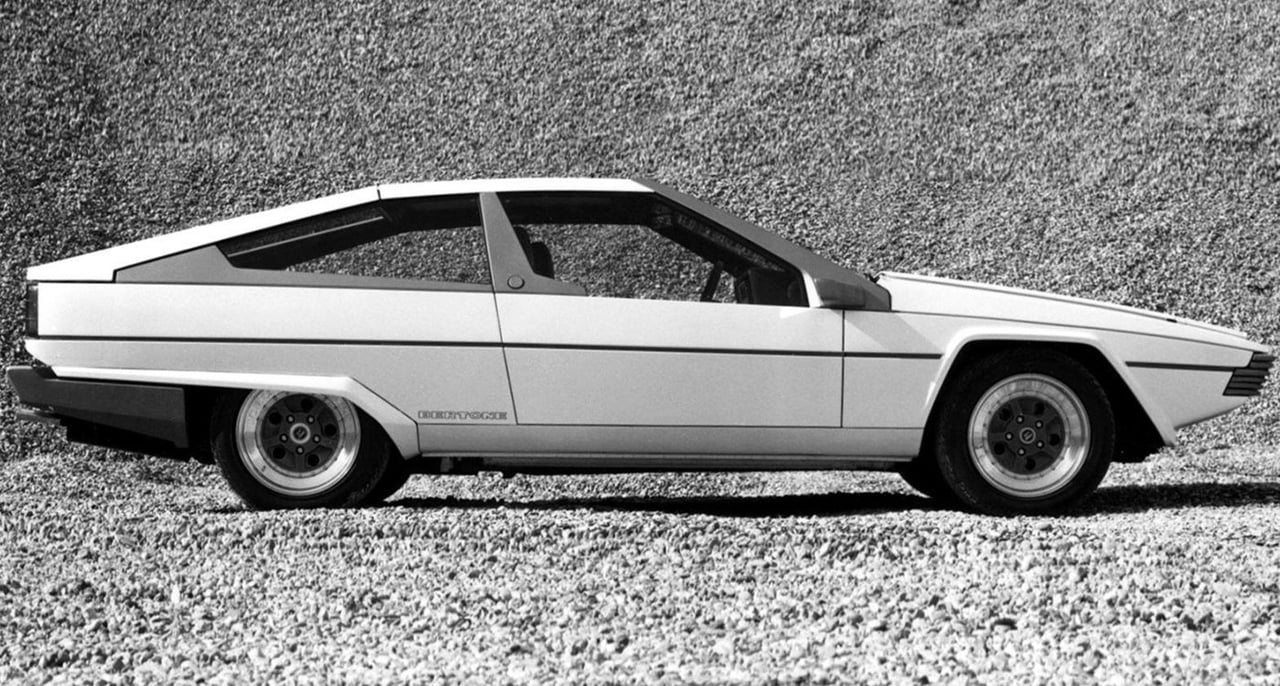
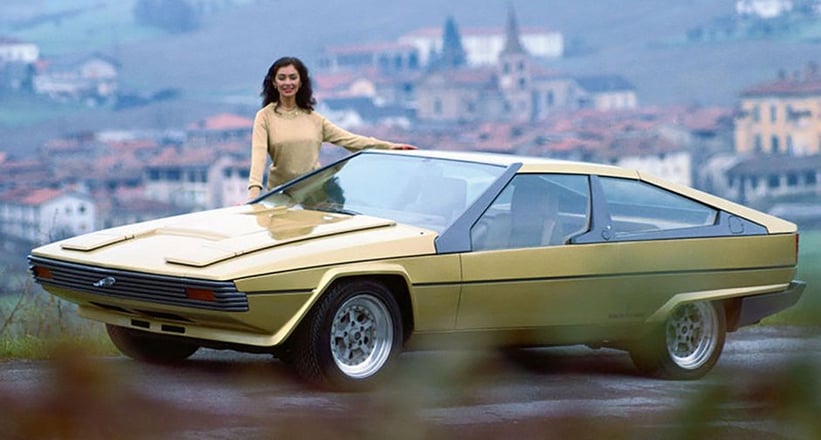
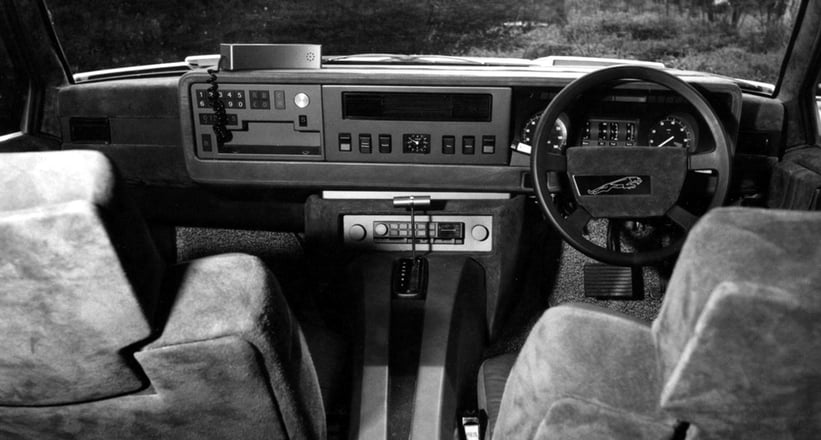
In 1977, Bertone tried for a fourth time to convince Jaguar’s top brass that one of his creations was worthy of being put into production with the legendary leaping cat on its nose. Based on the underpinnings of the comparatively ornate XJ-S V12, the Ascot was yet another interpretation on the wedge theme Bertone had pioneered at the beginning of the decade. Despite its sleek, lightweight and futuristic Gandini-styled aluminium body, spacious hatchback and removable mobile phone, the Ascot joined the Jaguar FT, Pirana and Project XJ40 in the history books.
Volvo Tundra
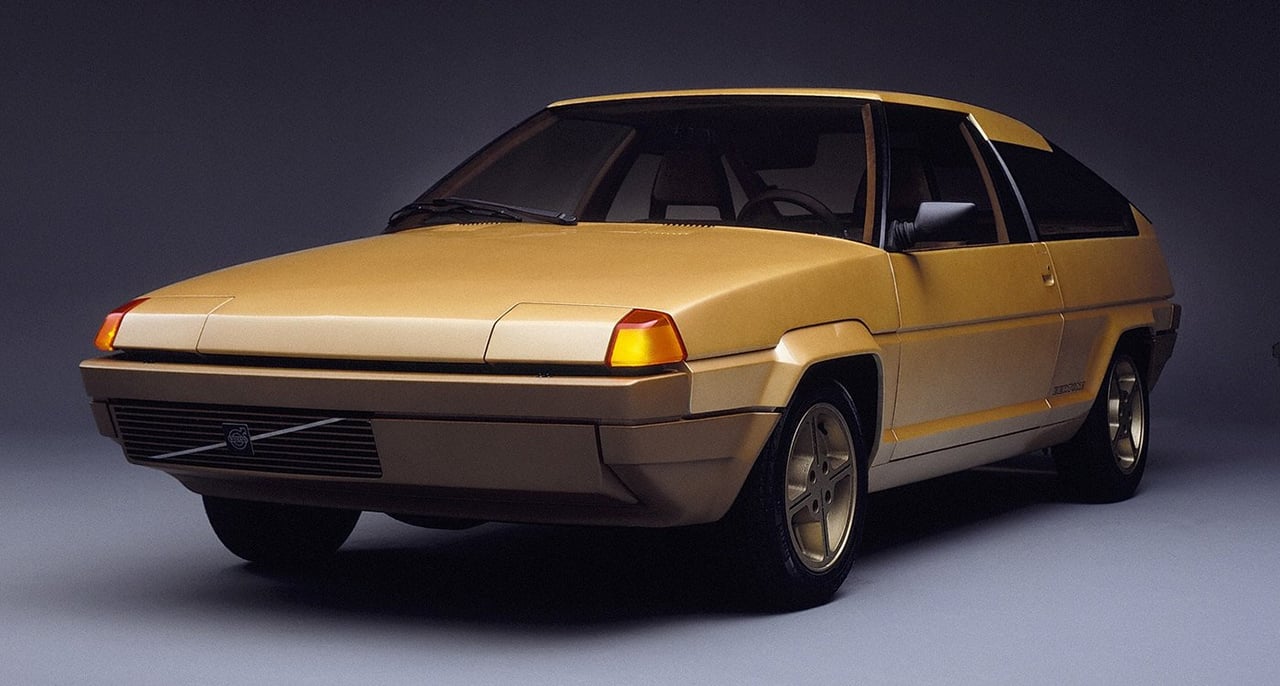


It’s fair to say that when Marcello Gandini was asked by Volvo to build ‘something delicious’ based on its dull-as-dishwater 343 hatchback in 1979, he hit the nail on the head. But the pop-up headlights, offset grille, wraparound glazing and floating roof of the brilliantly named Tundra were deemed a little too modern by the Swedish manufacturer, which feared it would alienate its customer base. It seemed Volvo’s execs wanted something more The Saint than Star Trek, so Bertone sold the basic design to Citroën for its BX instead.
Lamborghini Athon
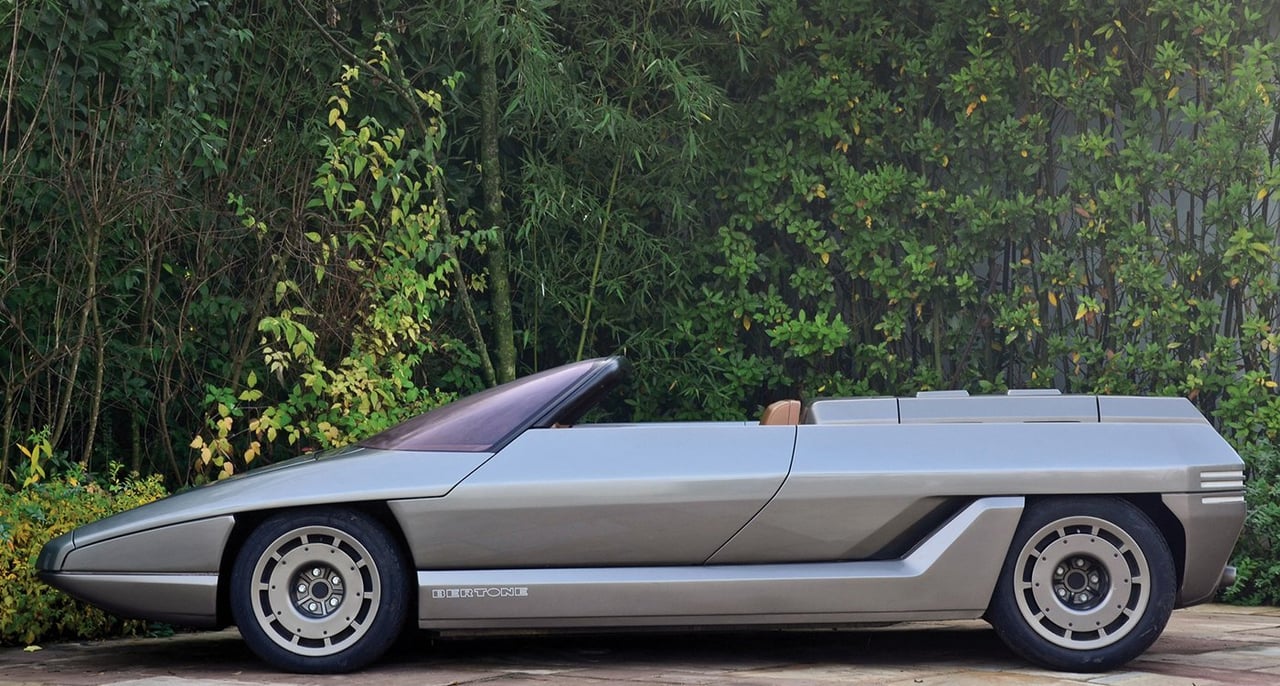
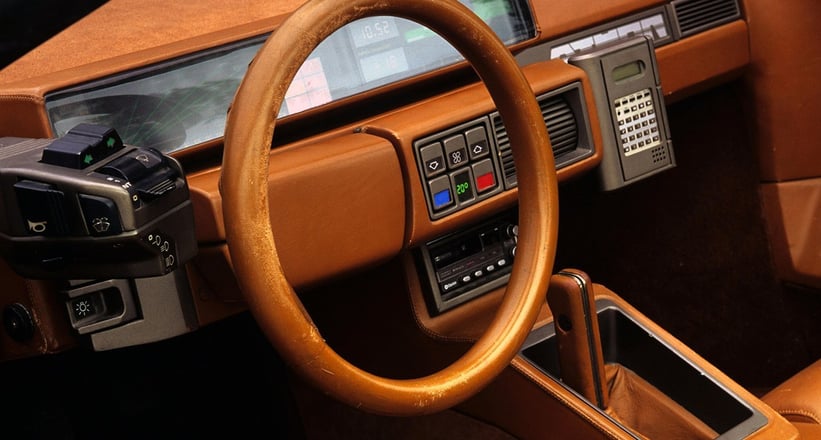

The sci-fi Athon from 1980 was really a chance for Bertone to help out his old friends at Lamborghini, who were in the midst of great financial turmoil at that time. The roadster concept was taken to the extreme, Bertone free of the constraints of the production-oriented Volvo Tundra that preceded it. Our favourite bit is not the wild exterior, though – it’s the futuristic digital instruments inside, which were the work of Veglia. Why didn’t the future ever end up looking like this?
Alfa Romeo Delfino
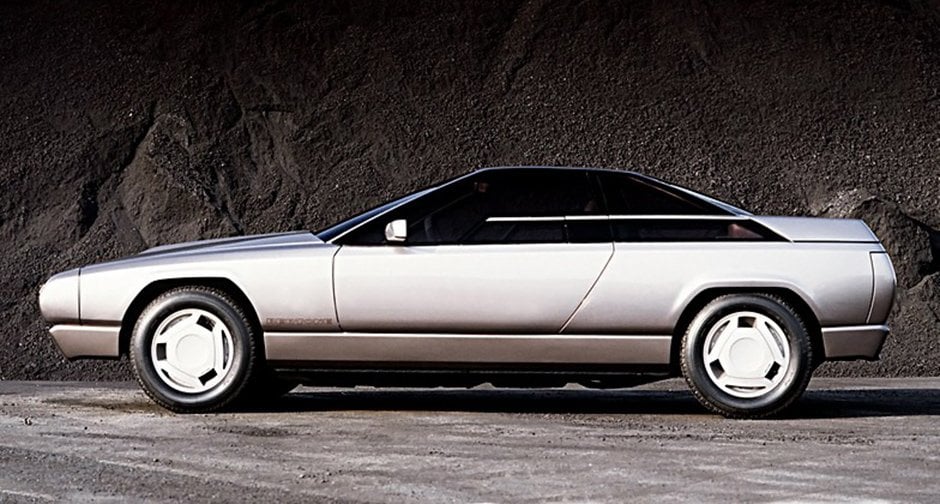


Ahead of the Geneva Motor Show in 1983, Alfa Romeo invited Zagato and Bertone to build their own versions of how they thought a modern Alfa Grand Tourer should look. Zagato’s Zeta was a curvy design with clear shades of the Porsche 928, while Bertone’s car, christened the Delfino, was unsurprisingly a whole lot more wedgey. Ironically, the trapezoidal glasshouse, strong character lines and concealed headlights were strong features of Zagato’s later Aston Martin V8 Zagato. Well, they do say imitation is flattery.
Lamborghini Genesis

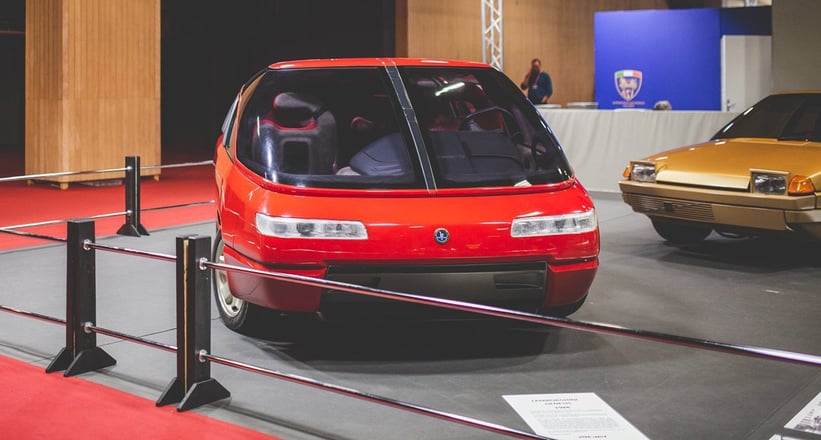
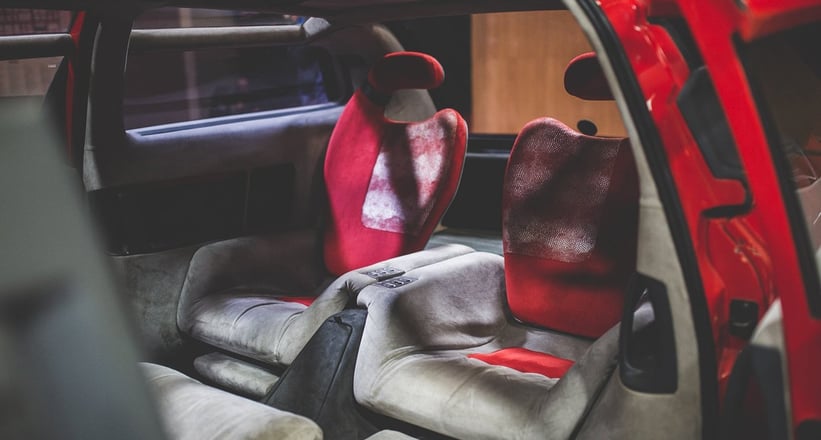
In 1988, Bertone decided that people carriers needed jazzing up. After all, which aspiring young high-school pupil wanted to show up at the front gates in a Renault Espace? After 30,000 hours of research and development, the blob-shaped Genesis was ready to be shown at the Turin salon. The chalk to the Countach’s cheese, the Genesis was truly space age, boasting a streamlined body, huge gullwing doors at the front and sliding doors at the rear, and an innovative modular interior that wouldn’t have looked out of place on the Starship Enterprise. Oh, and a 455bhp Countach V12 lurking beneath.
Fiat Cinquecento Rush

Volkswagen wasn’t the first company to build a cute, modern take on the cult-classic dune buggies of the 1960s, you know. At the Turin Motor Show in the spring of 1992, Bertone revealed the fun-loving Rush. One of a number of design studies based on the Fiat Cinquecento presented at the salon, the funky, raised and roofless concept looked like a giant radio-controlled car and we’ve no doubt would have been a hit with Italy’s younger generation. Well, at least those individuals with scant regard for their personal safety.
Bertone Blitz
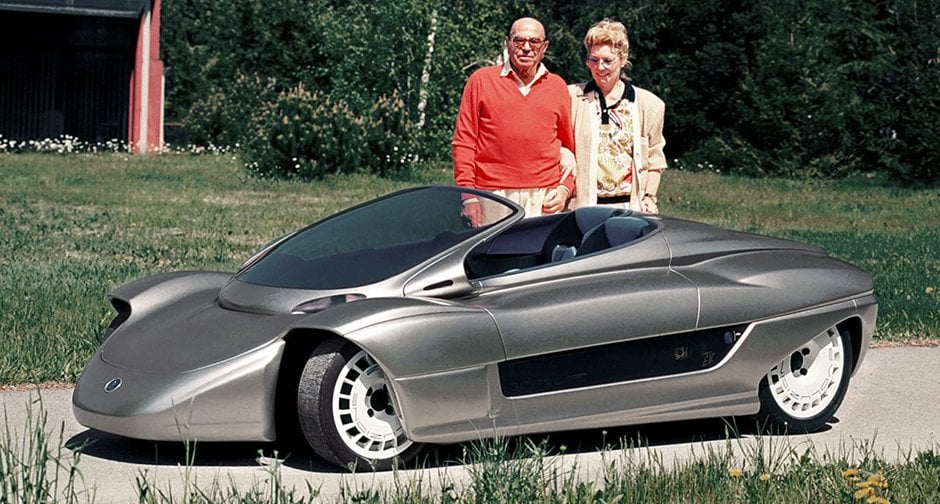
“Zero Emission Vehicles are around the corner! By the year 2000 we could all have one.” Bertone’s claim when it launched its all-electric Blitz roadster might have been a tad optimistic, but the basic recipe of the car feels every bit as relevant today as its designers clearly thought it was then. It’s as pared-back as sports cars come, has no roof to speak of, has offset seating like a pre-War sports-racing car and has a tiny footprint that’s miraculously reduced by the sci-fi bodywork. Despite its scant 650kg weight, we can’t imagine the two meagre 36HP electric motors provided the most scintillating driving experience. But then outright pace is not really the point with a car like this, is it? It's all about the journey, not the destination.
Porsche Karisma
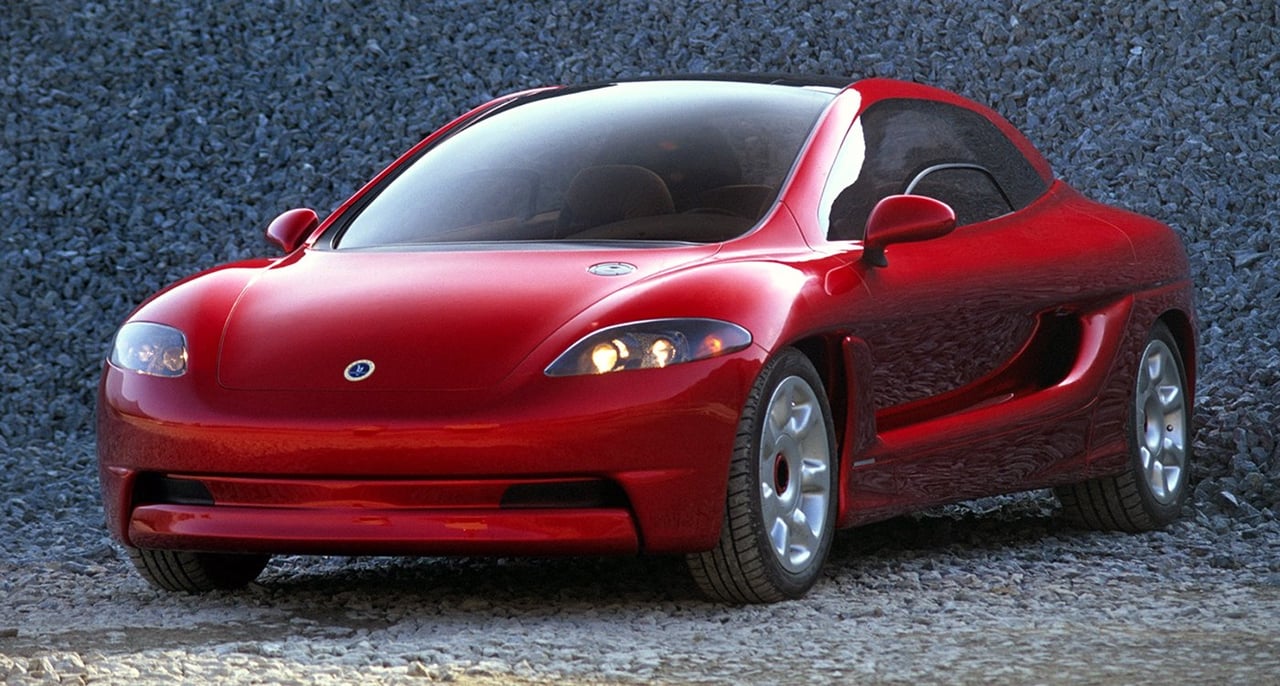
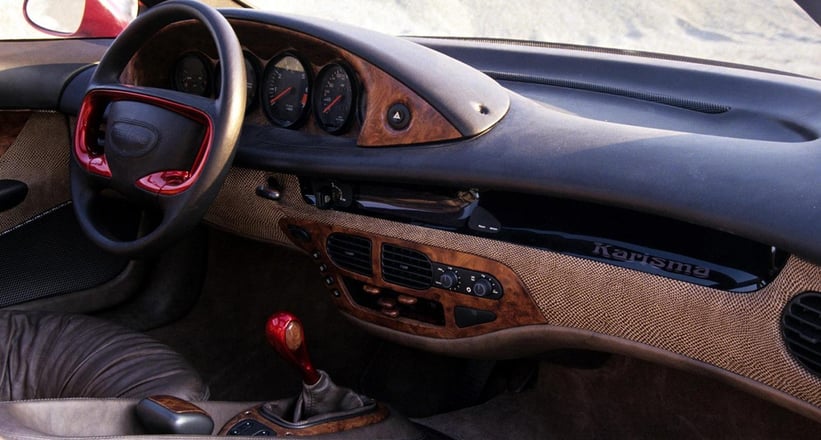
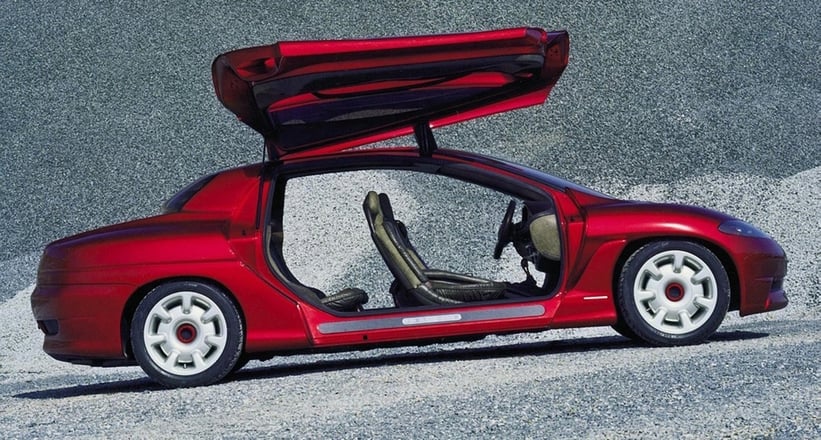
If there’s one thing lacking from the 1994 Porsche Karisma, it’s, ahem, charisma. Bertone wasn’t one to shy away from a challenge, so when he was presented with the theme of a comfortable, high-performance four-seater saloon with a rear engine, he took a 993-generation Porsche 911 and ran wild with his imagination. The Karisma was practical, yes, and made fantastic use of the 911’s floorplan to enhance interior space. But, let’s face it, it looked a bit meh, even with those gargantuan butterfly doors. Porsche’s own answer to the luxury saloon question arrived a decade later in the form of the Panamera, but that wasn’t a looker either.
Photos: Bertone, BMW, Mathieu Bonnevie, Rémi Dargegen, Saab




































